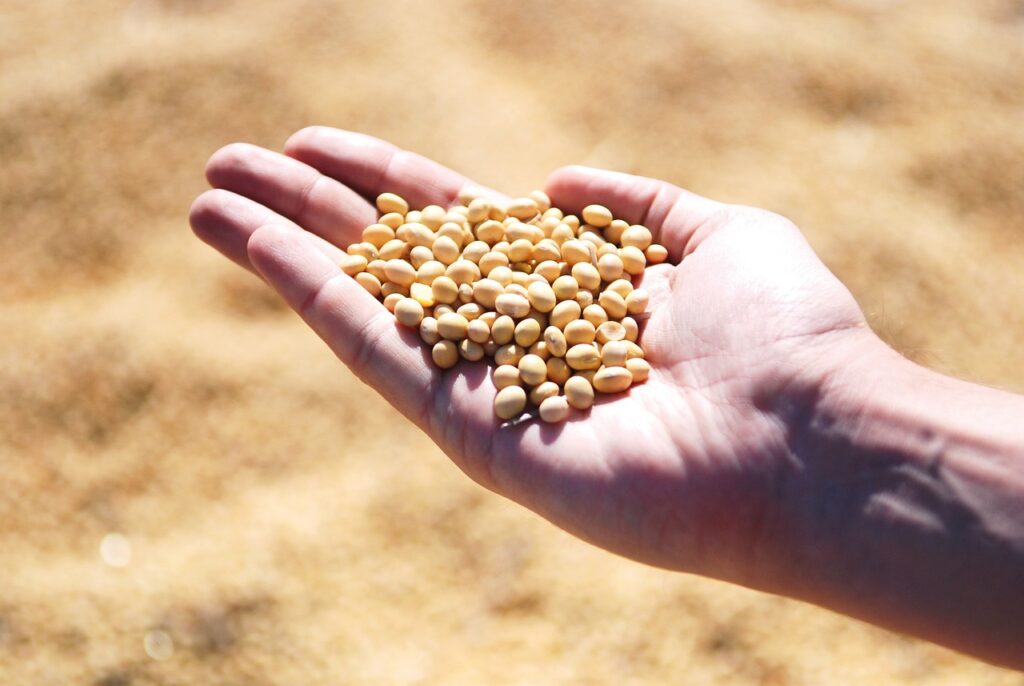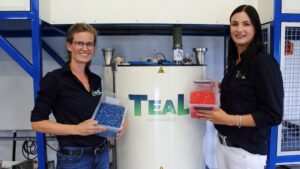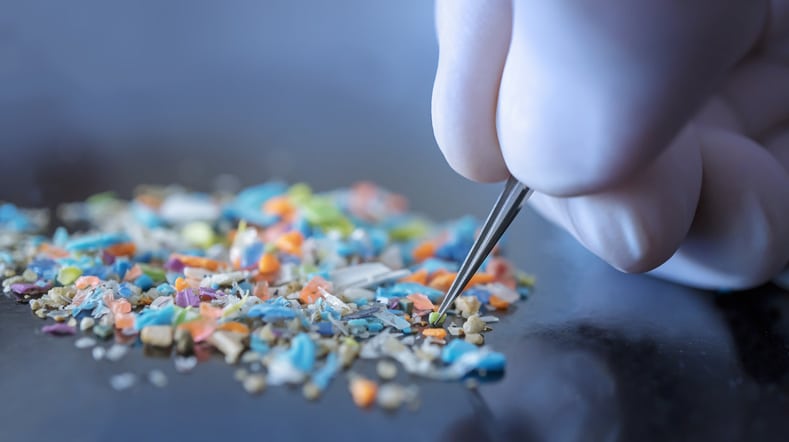Like many in agriculture, we take the environment and especially the soil seriously.
The use of seed treatments benefits the environment by reducing the amount of materials required to treat a crop. However, we are all aware of the need to take better care of our planet and can improve further. Conventional polymers used to encapsulate seed treatments contain microplastics. Compared to world’s total output of microplastic pollution, seed treatment’s contribution is very small. But rather than asking why would we remove microplastics, I believe the much more important question is: why wouldn’t we?
How challenging is it to build seed treatments without microplastics? To be totally honest, it is difficult to match the quality of synthetic products. Difficult, but I’m happy to report, not impossible. We started talking about removing microplastics from our formulations several years ago and have been working to develop new, naturally derived polymer coating ingredients ever since.
Our goal for our company is to do a staged introduction of microplastic-free formulations over the next several years. Without announcing specifics too early, we plan to release several products as soon as January. From there, we’ll keep working on further improving and releasing additional microplastic free options.
I applaud all the companies who agree that, if we can do better, both in the realm of microplastics and elsewhere, we need to do better.
I’m also pleased to see that there is a formalized accreditation process building. Independently claiming ‘microplastic free’ for one’s own product isn’t enough: as an industry, we need to ensure a rigorous, scientifically verifiable registration or certification process exists that proves claims.
I truly believe global solutions to big problems are best achieved by individual commitment to small changes. It’s time for seed treatment to go entirely microplastic free.









